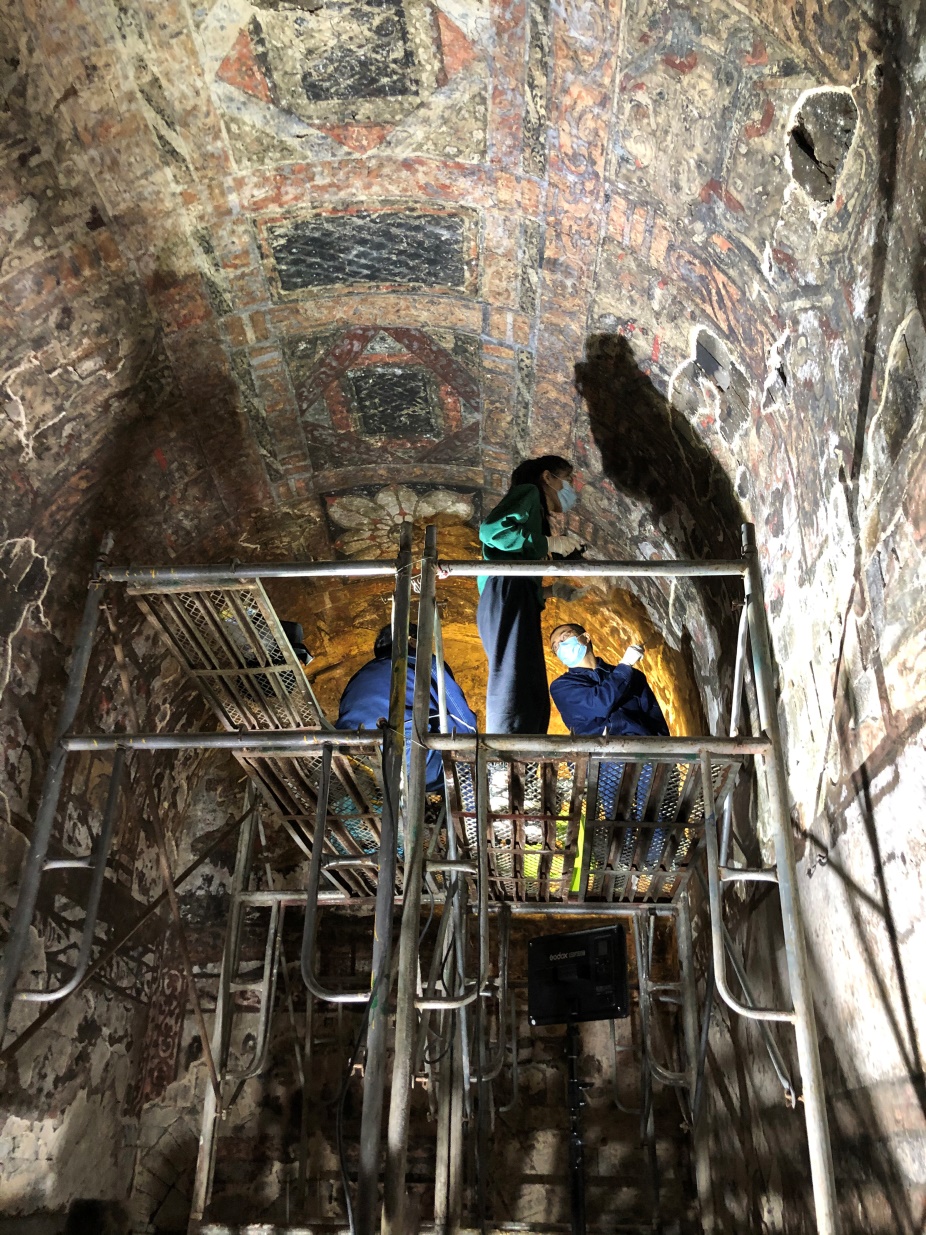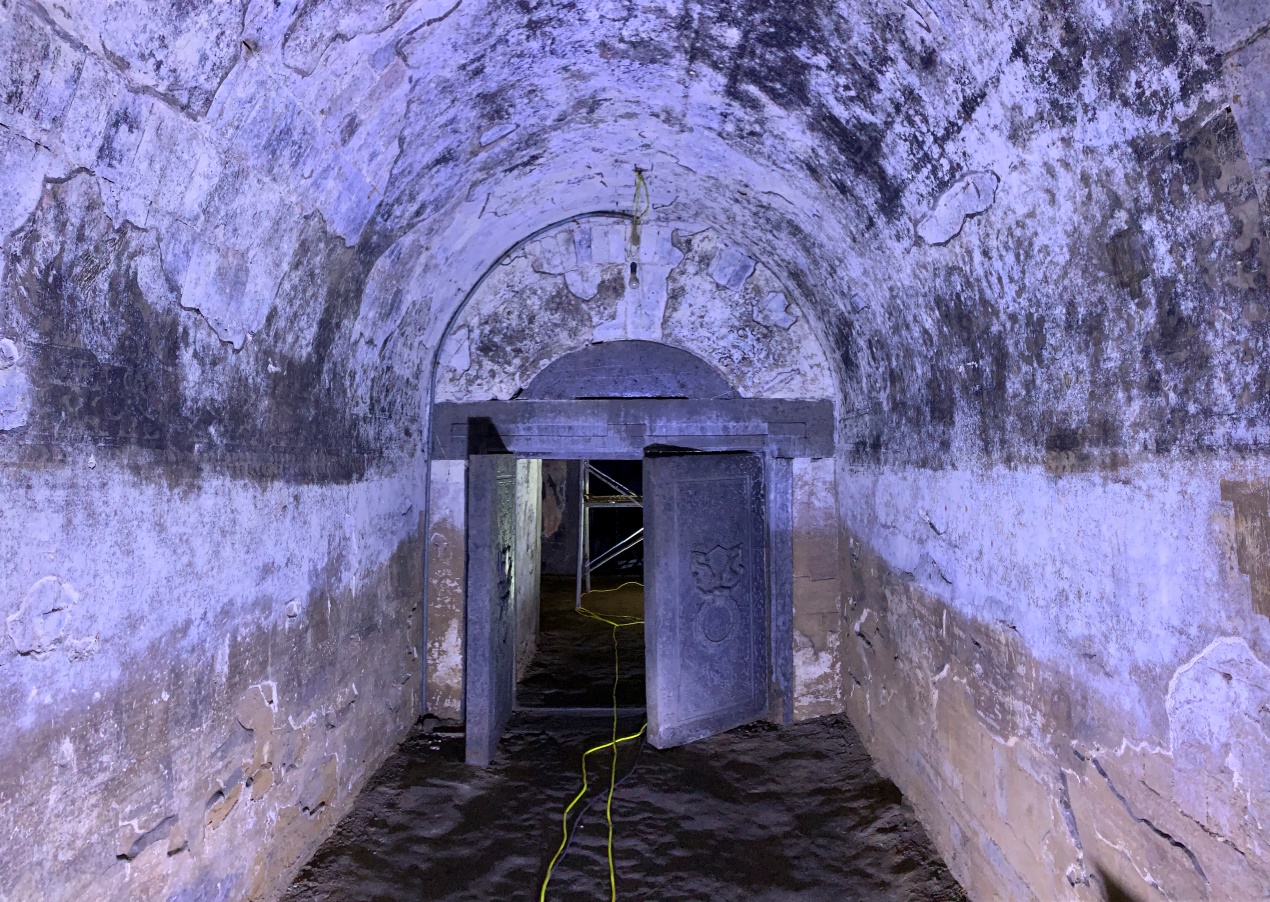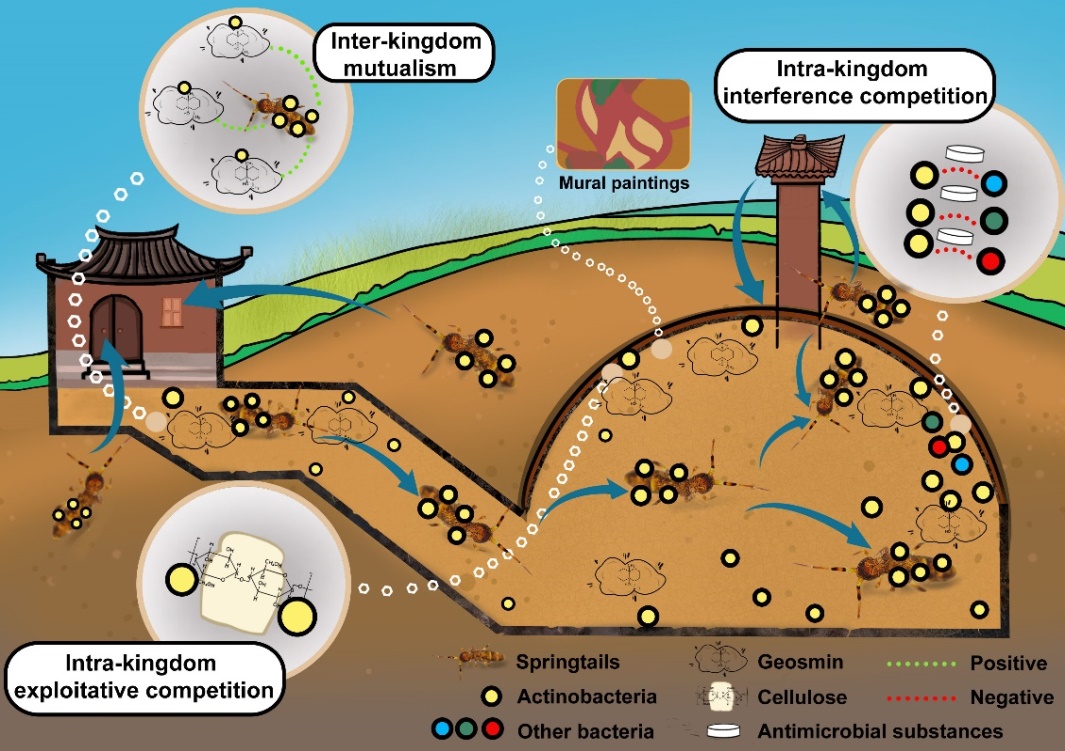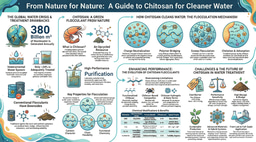Advances in the microbiome of historical cultural relics
Published in Social Sciences and Earth & Environment

Explore the Research
Just a moment...
pnas.org needs to review the security of your connection before proceeding.
A study published in the prestigious journal PNAS (https://doi.org/10.1073/pnas.2121141119), and led by researchers from the Chinese Academy of Science, Nanjing Forestry University, the Conservation Institute of Dunhuang Academy, Southeast University, Nanjing Tech University, Nanjing Agricultural University, and the Laboratory of Biodiversity and Ecosystem Functioning (BioFunLab) at IRNAS-CSIC, provides new insights on the microbiome of historical cultural relics.
The conservations of subterranean cultural heritage sites, such as tombs and caves, and their inside ancient paintings and relics, are critical for preserving our cultural heritage. Microbial biodeterioration is a major concern for their conservation worldwide. However, we are still far from understanding the ecology regarding microbial communities thriving in these important historical cultural relics. This new study describes, for the first time, the multi-kingdom and intra-kingdom interactions between invertebrates and bacteria that help explaining the origin, dispersal, colonizing and dominance of key groups of microorganisms in subterranean cultural heritage sites.

A millennial Chinese tomb
Dahuting Han Dynasty Tomb, a Chinese tomb with over 1800 years, is one of the largest excavated tombs of the Han Dynasty (202 B.C. - A.D. 220), and it provides a detailed record of all aspects of daily life (i.e., sacrificing, cooking, costumes and entertainments) at that time. “This tomb has been closed since the 90s to avoid human disturbance, and to provide the perfect scenario to understand the ecological interactions driving the microbiome in subterranean cultural heritage sites” says Prof. Bomin Su, from the Conservation Institute of Dunhuang Academy. “In this tomb, bacterial white colonies covering the entire surface of the tombs are visible to the naked eye. How did they arrive? Why are they so dominant? Those are the questions that we answered in our study” says Prof. Youzhi Feng, from Institute of Soil Science, CAS.

Multi-kingdom interactions govern the microbiome of cultural relics
This study shows that multi-kingdom interactions play an important role in governing the microbiome that colonize cultural relics in subterranean cultural sites. This knowledge is integral to understanding the ecological and physiological features of the microbiome of relics, and supporting their long-term conservation. “The investigation is the first to find that multi-kingdom interactions, from mutualism to competition, drive the microbiome in the subterranean ancient tomb”, Dr. Manuel Delgado-Baquerizo from IRNAS-CSIC, highlights.
“We show that, once these tombs are excavated, the outstanding capacity of a specific group of bacteria (Actinobacteria, Pseudonocardiaceae) to attract springtails (Collembola) using volatile geosmin allow them to deterministically dispersed into the tomb from surrounding environments. Springtails feed on these bacteria, and in return these bacteria get a free ride around the tomb. This mechanism allows them to colonize the places and spread their colonies all over in the tomb” says Delgado Baquerizo. “In addition, these bacteria are capable of producing an insane cocktail of cellulases and antimicrobial substances that help degrading the materials on the wall of the tomb, while keeping other bacteria far from their colonies. These are the reasons why they are so dominant in this tomb” says Prof. Feng.

An international collaboration
To conduct this research, the Institute of Soil Science CAS, the Conservation Institute of Dunhuang Academy, Southeast University and Nanjing Forestry University team up with researchers from different universities in China and the BioFunLab at Instituto de Recursos Naturales y Agrobiología de Sevilla (IRNAS) Spain and the BioFun RDI at University Pablo de Olavide. In this work, the researchers combined field (ecological) surveys with physiological assays and the biological interaction experiment to investigate the microbiome in the Dahuting Han Dynasty Tomb and its surrounding environments.
Youzhi Feng, Nanjing Forestry University
Manuel Delgado-Baquerizo, Instituto de Recursos Naturales y Agrobiología de Sevilla (IRNAS)



Please sign in or register for FREE
If you are a registered user on Research Communities by Springer Nature, please sign in